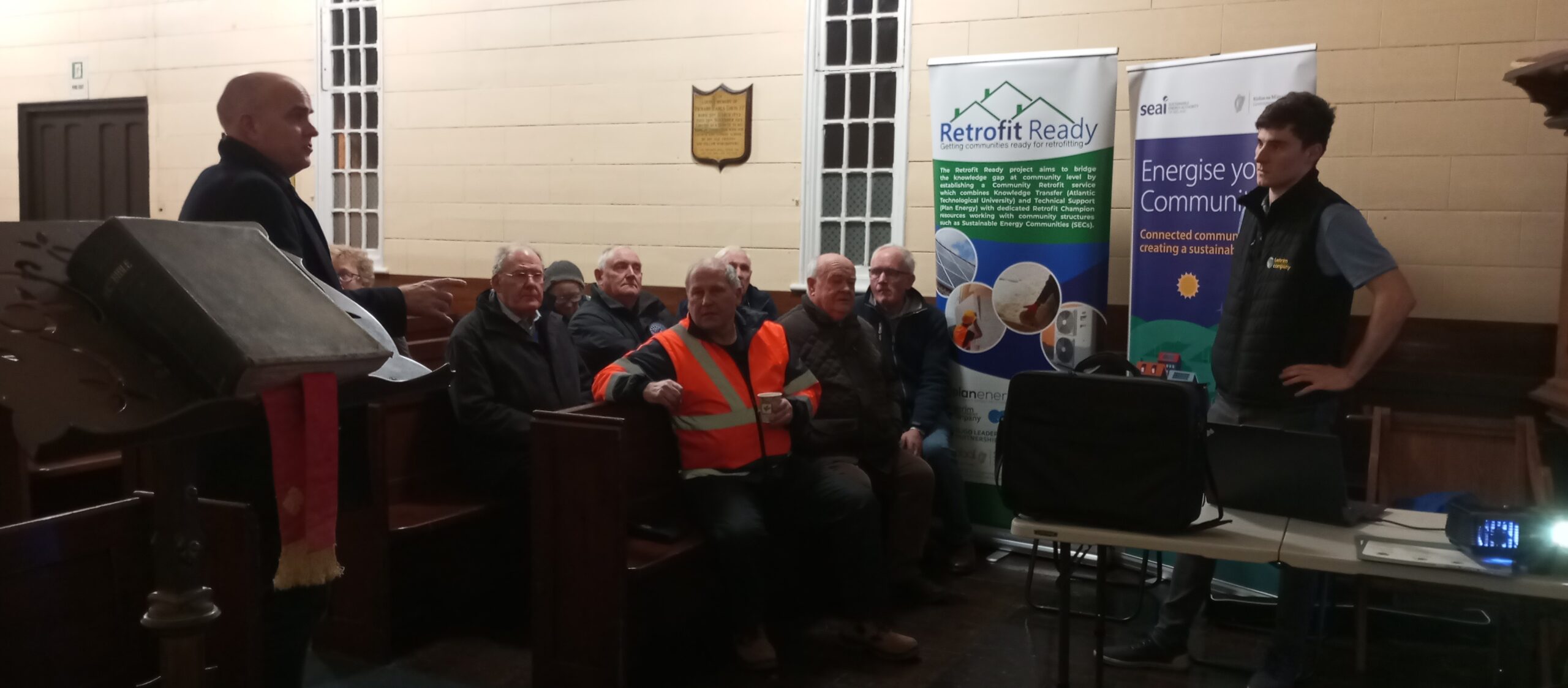Wall insulation in Ireland refers to the process of adding insulation material to the walls of a building to improve its energy efficiency and thermal performance. The primary goal of wall insulation is to reduce heat loss through the walls, leading to lower energy consumption for heating materials and, subsequently, reduced all energy bills.
In Ireland, where the climate can be cool and damp, proper insulation is crucial for maintaining a comfortable indoor environment. Here outlined below are the general steps for the three common types of wall insulation, cavity wall insulation, external wall insulation and internal drylining.
Cavity Wall Insulation
Ensure your walls have a cavity. A professional energy assessment or a visual inspection will confirm this. Check for any existing insulation, as some older homes may already have had insulation installed in the past. Hire a certified insulation contractor. They will assess your property, provide recommendations, and carry out the installation.
The installation process typically involves drilling small holes in the external walls at regular intervals. The chosen insulation material (usually foam or mineral wool) is injected into the wall cavity through these drilled holes.
External Wall Insulation (EWI)
Confirm that external insulation (WRAP) is suitable for your property. Check for any structural issues that may need to be addressed before installation. Choose a qualified contractor experienced in EWI installations and is certified by the SEAI.
Clean the exterior walls and repair any damage or defects. Install fixings to secure the insulation boards to the walls.
Attach insulation boards to the walls using adhesive and mechanical fixings.
Finish the system with a decorative top coat, which can be textured or painted.
Internal Wall Insulation
Drylining, also known as drywalling, is a construction method that involves attaching plasterboard or gypsum board to the interior walls of a building. This process is commonly used for homes in Ireland, as it offers several benefits such as speedier construction, a smooth finish, and improved insulation.
Many drylining projects in Ireland include adding insulation to improve energy efficiency. Common insulation materials include rigid foam boards or mineral wool. Insulation is fixed to the walls before attaching the plasterboard, providing thermal and acoustic benefits.
It should be noted that internal wall insulation is more disruptive to the home owner than, cavity wall insulating or external wall insulating. In some cases, heating and plumbing fixtures and fittings may have to be moved, for this process.
Home Retrofitting is an enhancement of older houses that will make the properties more energy efficient. Grants through the SEAI will help home owners insulate their properties, to tackle heating efficiency and energy costs.
For information on the scheme and grants available, contact: 087-1315964 or omcconnon@ccld.ie



